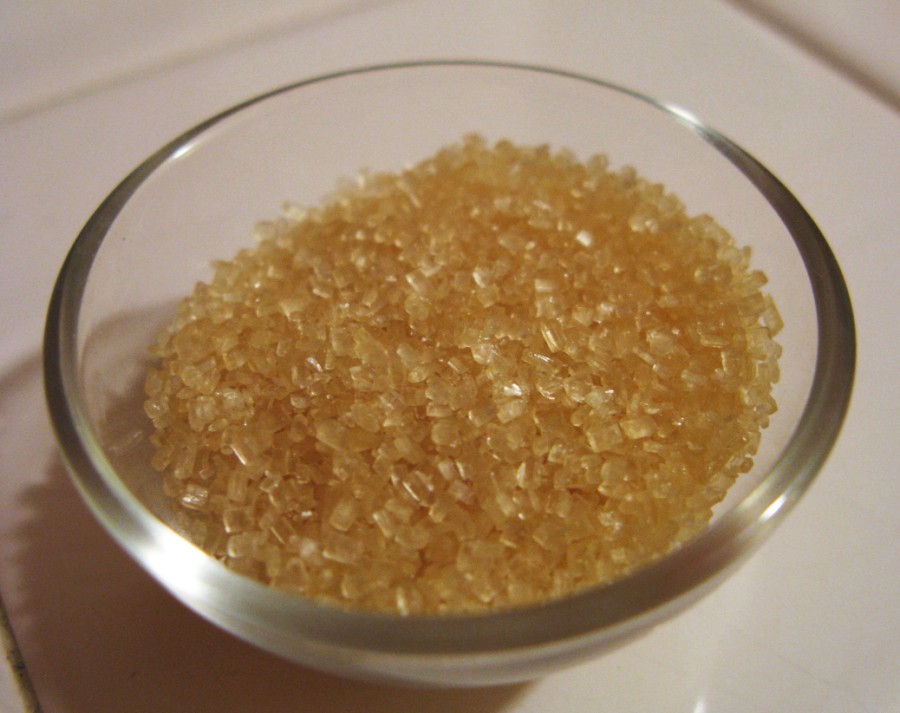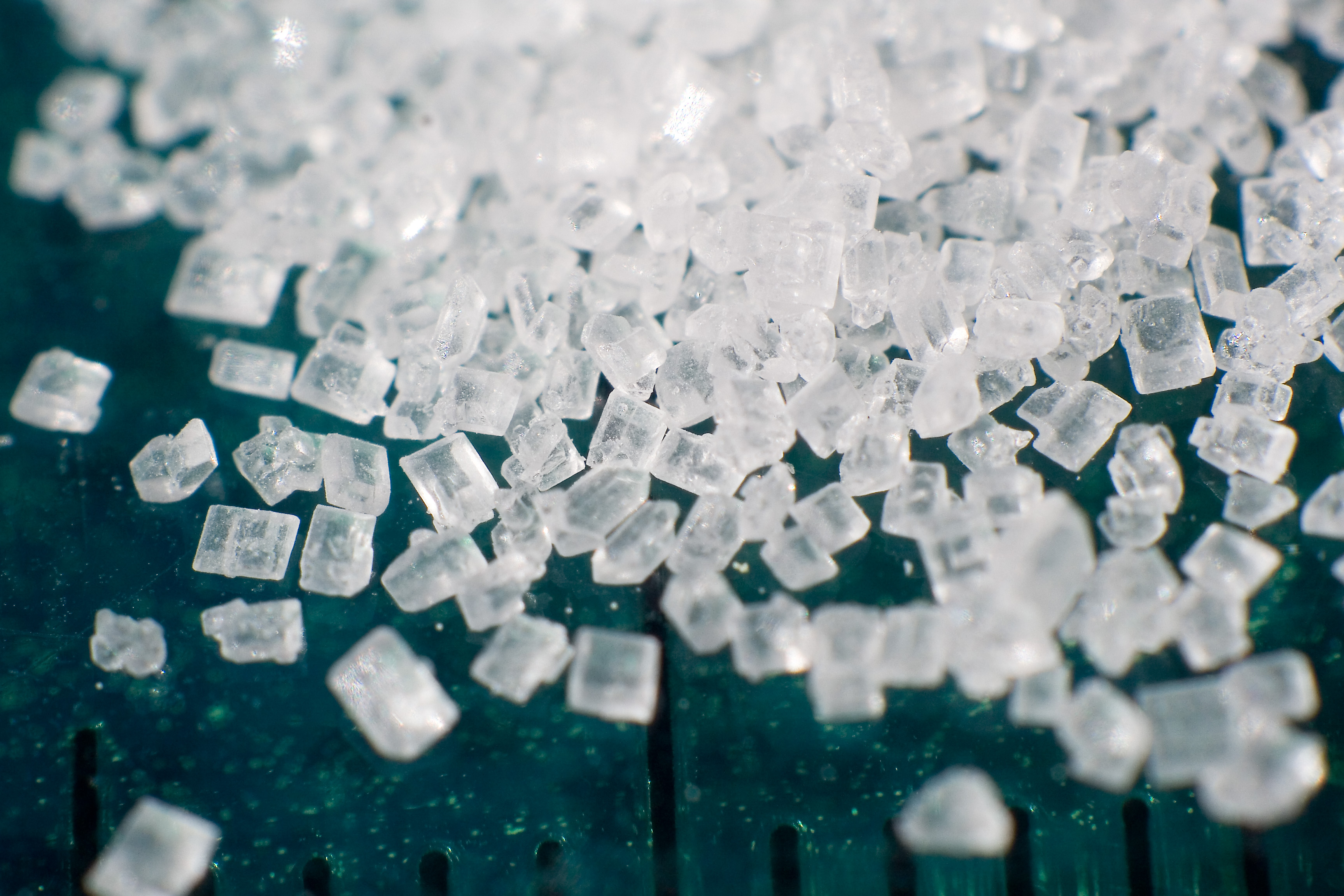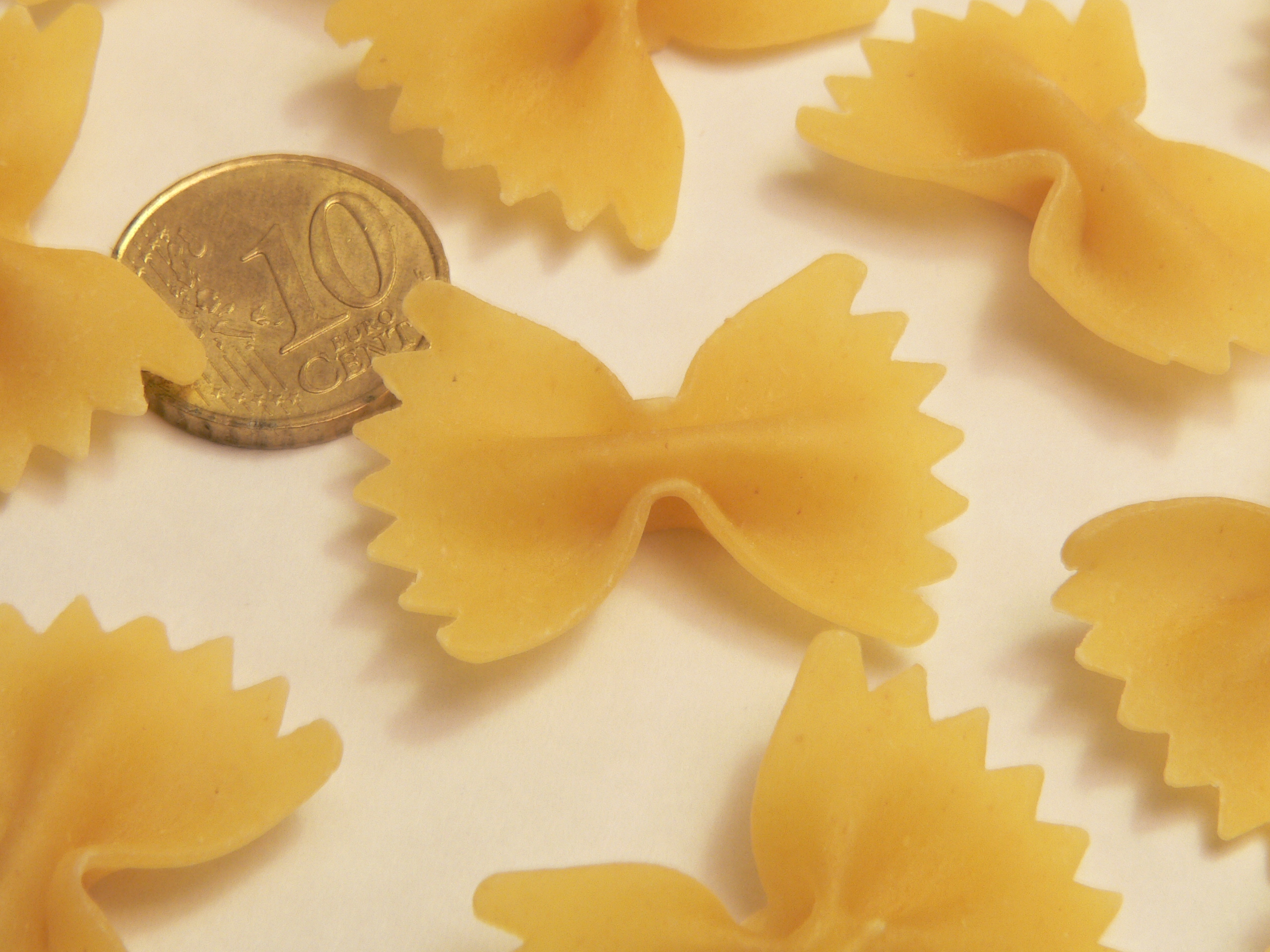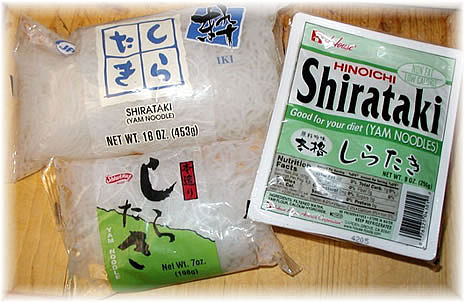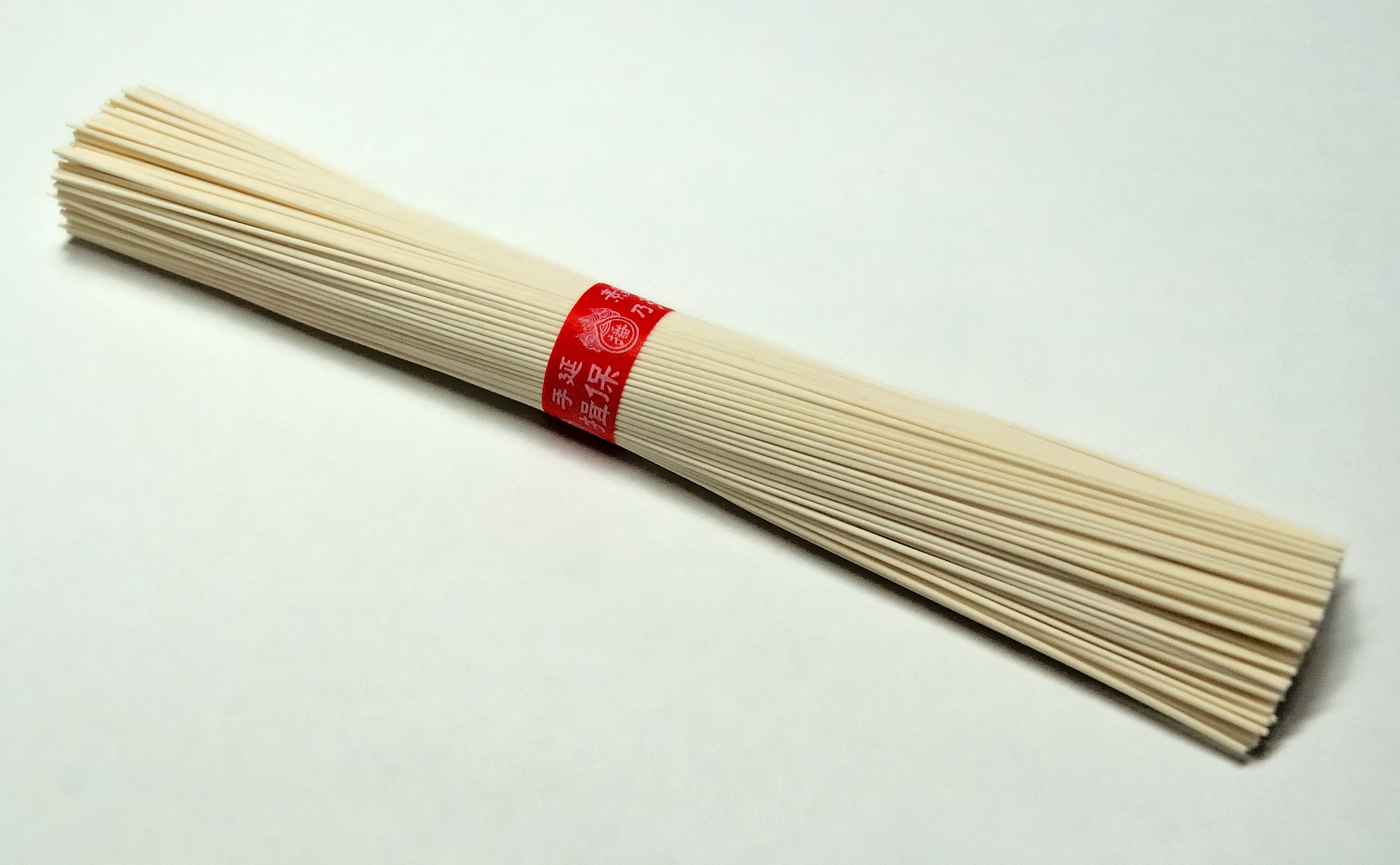Etymology: Bisi bele bhaath literally means hot dal and rice. My ammama tells me that adding vegetables must have happened eventually :-). Traditionally this dish must be the kannadiga version of the tamil Venn pongal (made from rice and moong dal). Bisi Bele bhaath uses Tur dal instead of moong. This Karnataka cuisine classic includes everything from the basic food groups
- wholesome goodness of vegetables
- protein from tur dal
- Flavour and digestive properties of red chillies, tamarind pulp, salt, turmeric, khuzhambu powder, asafoetida (hing)
- antiseptic properties of turmeric powder
- Essential carbs from the brown rice (i prefer brown rice, you could use any rice of your choice)
- Vital Vitamin A from curry leaves
.. and lots more!
The Recipe...
You need: Serves 2
Brown Rice- 1 cup
Tur dal- 1 cup
Tamarind pulp - 1/2 cup
Khuzhambu powder - 1 tsp
salt to taste
turmeric powder - 1/4 tsp or lesser
hing - a pinch
curry leaves -5
Vegetables of your choice
(I used Red cabbage, carrots, beans, potato, Bengaluru kathrikkai (chow chow))
oil (to saute' vegetables) - 1/2tsp
Cilantro / corainder leaves for garnish
Bisi bhelle Masala / powder (serves 2)
Dry or Fresh Coconut (shredded) - 2tbsp
Corainder seeds - 1/2 tsp
Cumin seeds - 1/2tsp
Chana dal - 1/2tsp
Urad dal - 1/2tsp
Rice - 1/4 tsp
Red chillies - 2
Tempering
Mustard seeds - 1/2 tsp
Ghee - 1/2tsp
jeera / cumin - 1/2 tsp
Curry leaves - 5-6
hing - a pinch
red chillies - 2
clove- 1 (optional)
elaichi - 1 (optional)
dalchini (cinammon) - small piece (optional)
Process:
- Wash tur dal and rice, dice vegetables and wash well and soak for a few minutes (Saves energy)
- Dry roast bisi belle masala ingredients and fine grind them into a powder
- Saute vegetables in a tsp of oil and add salt, turmeric, khuzhambu powder, hing and curry leaves.
- Drain and mix in washed rice and tur dal and saute for a minute
- Add the Bisi Bele masala powder and saute for half a minute
- I like to add a few corainder leaves /cilantro while the dish is cooking apart from using it for garnish
- Add the tamarind pulp and pour enough water to cook the rice, dal and vegetables
- you could add water to vary the consistency of your dish (you could cook it a bit put together or do it the traditional way which is a bit flowy )
- pressure cook upto two whistles or in a rice cooker until done
- Tempering : Add ghee in a kadai, mustard seeds, let it crackle
- add (cumin) jeera, curry leaves and green and red chillies and saute
- Pour over the rice and serve with yummy raitha or mooru khuzhambu
- Garnish with cilantro/corainder leaves.
Trivia
- I skipped the tempering to avoid use of excess oil
- You could use dry coconut for the masala powder and refrigerate it for future use
- You use this powder to make your thoran /poriyal/ dry vegetable fries (a brinjal, potato fry with this powder tastes like heaven)
PS: This is how my amma makes it so I follow the same recipe...There could be variation...do let me know of you prepare it differently!!



